In this week’s edition of Vintage Eye for the Modern Guy (you can check out part 7 here), we come to a watch with possibly one of the best and most widely used luxury movements to date: the Zenith El Primero. With production of the watch beginning in 1969, after seven years of research and development, Zenith raced to become the maker of the first automatic chronograph, competing with the Chronomatic Group’s (Breitling, Hamilton-Buren, Heuer and Dubois-Dépraz) Caliber 11 movement, and Seiko’s Caliber 6139. In the end, the El Primero Caliber 400 became the first fully integrated automatic Swiss chrono movement, beating out the flawed, modular Caliber 11 and the less expensive, Japanese Seiko Caliber 6139 — a revolutionary and highly debated achievement that began to change how watch brands make chronographs.
The first piece we’ll take a look at is the El Primero Original 1969 (below), and for anyone who loves vintage-inspired watches, this one is a beast. A 38-mm steel case matching the dimensions of the 1969 original; a sunburst silver dial with three-toned subdials; a black minute-counter ring with rhodium-plated hour markers; and, to top it all off, the signature El Primero chronograph seconds counter. This watch echoes “tribute” with every single one of its 36,000-vph ticks. This reference also uses the historic Caliber 400 movement with a date indicator at the 4:30 position, and is available on either a stainless steel or brown alligator strap. Prices start around $4,800 for the leather strap variation.
As I said, this watch is a beast, not only because of the attention to detail Zenith has paid in crafting it, but also because of its distinctive channeling of the piece’s 1969 forefather. When comparing the two watches, few would be savvy enough to tell them apart outside of modern finishing practices, and that is rare. Of course, other brands follow similar strategies in developing special-edition homage models to previous watches, but few brands actually keep the original version stocked for so many years.
While I find Zenith’s dedication to its past impressive, I also understand the reasons why other brands do things differently; consumers generally want growth in a timepiece over time, and this variant doesn’t necessarily offer that. While there is certainly a novelty in being able to purchase a watch just as horologically perfect today as it was more than 50 years ago, the change over time in an iconic piece is a talking point many watch geeks look for. Please don’t interpret this as a desire for change in this watch; personally, and from a vintage watch lover’s standpoint, this piece could not get any better, but if this watch had one flaw, it would be stagnancy.
The next piece is one that certainly has changed with time, the El Primero Winsor Annual Calendar (above). Available in five unique-looking variations with different dials cased in either stainless steel or rose gold, the Winsor has little resemblance to the early El Primero line. Looking at the steel-cased, white-dial variation (Ref. 03.2072.4054/01.C711), you will spot the rose-gold Arabic numerals, hour and minute hands, blue accents, day and month indicator at the 3 o’clock position, and the 6 o’clock date indicator. Other details to pay attention to are the non-traditional crown and chronograph pushers, and the Caliber 400-based El Primero Caliber 4054 automatic movement (pictured below). You’ll find this reference starting around $6,000.
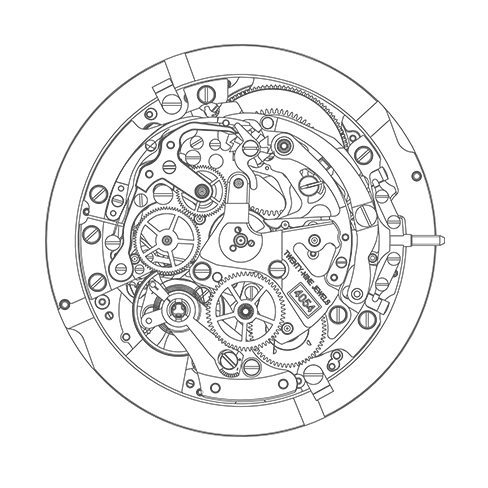
I’ll start by saying this is undeniably a handsome watch and, at 42 mm with many modern features and design choices, it certainly has a very contemporary appeal. With that said, it is hard for me to recognize this as an El Primero. Outside of the altered Cal. 400 used for the watch’s movement, there is almost no resemblance to any other piece within this series, vintage or modern. Truthfully, this watch looks to me more like an IWC Portugieser variation than anything else Zenith has released under the El Primero umbrella. Where is the Zenith logo on the bottom of the chronograph seconds counter? Where is the full crown and chronograph pushers? Where is the level of sportiness that many have come to expect and get excited about in an El Primero? As much as the Original 1969 has gone unchanged over time, the Winsor has gone to the opposite extreme.
The Zenith El Primero is a great watch. Its movement has not only distinguished (and named) Zenith’s most famous series, but also powered the Rolex Daytona for a number of years and now even crops up in some of its former competitor, TAG Heuer’s pieces (including a variation of the Monaco under the name Caliber 36). With all of this, the series has some serious history and is certainly up there with many other iconic watches. However, that also means its modern variations are bound to be under constant scrutiny. Do I want the Original 1969 to change? Not particularly. And do I think the Winsor has been changed too much? Absolutely. But above all, I want Zenith to keep doing what it’s doing so I can be sure to continue talking about them, and that is the only certainty.
Caleb Anderson is the Director of Outreach at the online vintage and antique watch boutique theoandharris.com. Since starting at Theo & Harris, he has garnered extensive knowledge on vintage watches, and spends much of his time sharing his opinions within the field. Currently located near New York City, he is a persistent student in all things historical, a writer on watches, and a casual runner.

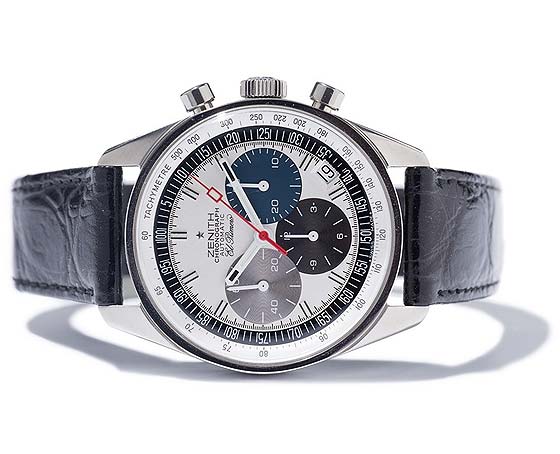
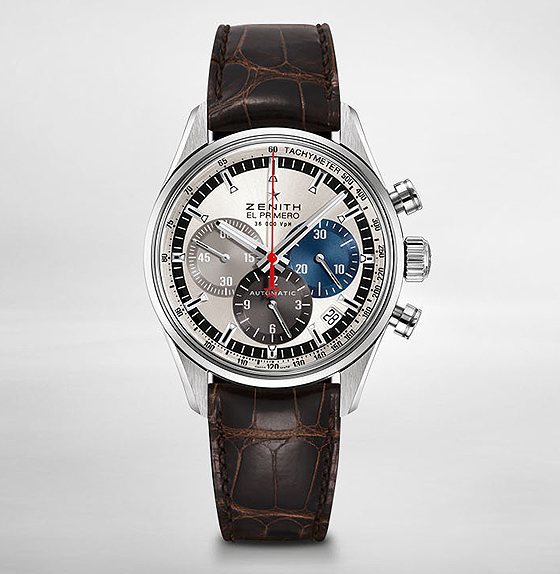

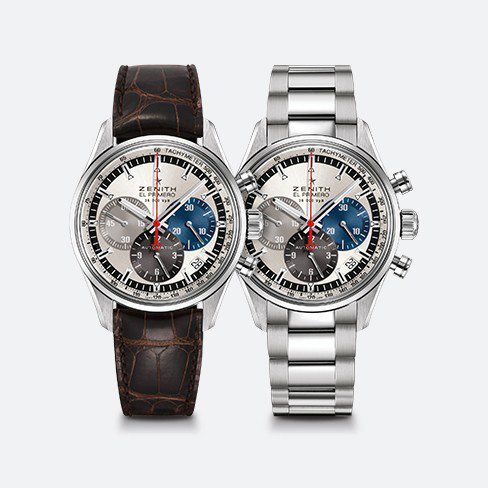
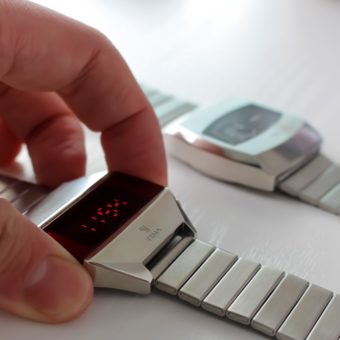
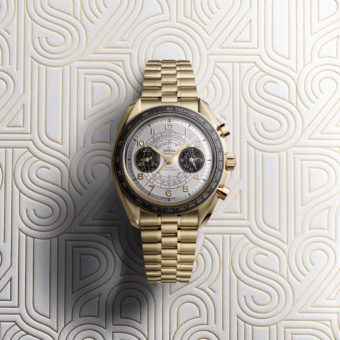
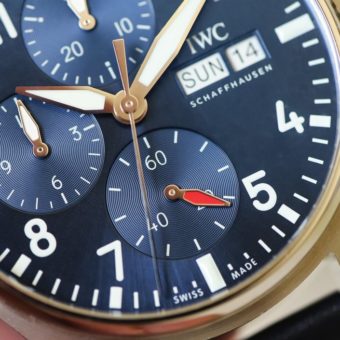
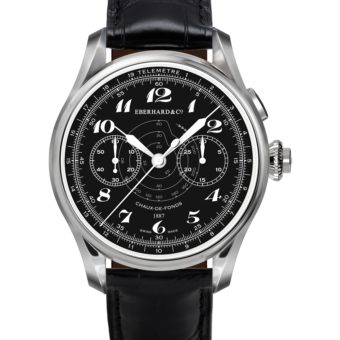
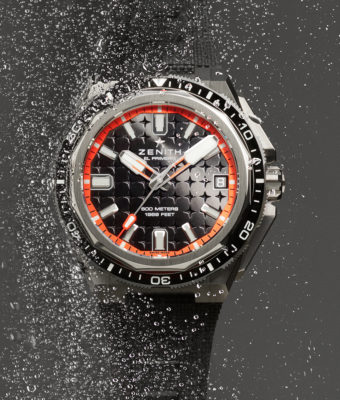
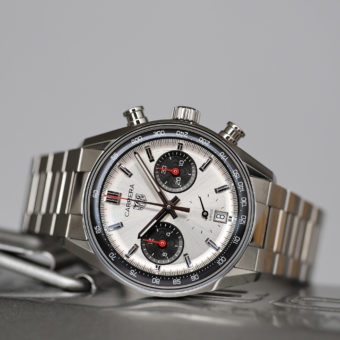
Zenith also produced the 42mm Striking Tenth model with a similar tricolour dial, which added 1/10th second timing using a silicon wheel onto the El Primero movement. This would be a slightly modern modification from the original 1969 model.
Hi Caleb,
Congratulations on continuing to spread mis-information on this topic…although you did qualify your statement about the calibre 400 with “Swiss”…that part is correct…maybe.
Seiko’s 6139 was first produced in February 1969, March 1969 examples are semi-regularly available online. This is a full six months before the Zenith & cal. 11 were on sale.
Talk about prototypes, ‘announcements/presentations’ at the time and the period of development of these movements only muddies the issue.
Curiously, in these discussions, no one ever seems to consider that Seiko would have had any development time with their movement(s)…as if they had just magically appeared, fully formed, on sale to the public in EARLY 1969? And so couldn’t possibly be ‘the first’…
A watch company exists to sell watches to the public.
If development time/prototypes/announcements, etc. actually defined ‘first’, then maybe Lemania were actually ‘the first’ with an automatic chronograph prototype back in 1947?
Zenith ‘El Segundo’ or ‘El Tercero’ anyone?
Cheers.
Hi Mark,
Thanks for your comment. I actually agree with you, the Seiko cal. 6139 was available before both the El Primero and Cal. 11 movement, but as Zenith’s movement happened to be Swiss, fully integrated, and historically more popular, I gave it preferential treatment in this article over the non-Swiss Seiko caliber and modulated cal. 11.